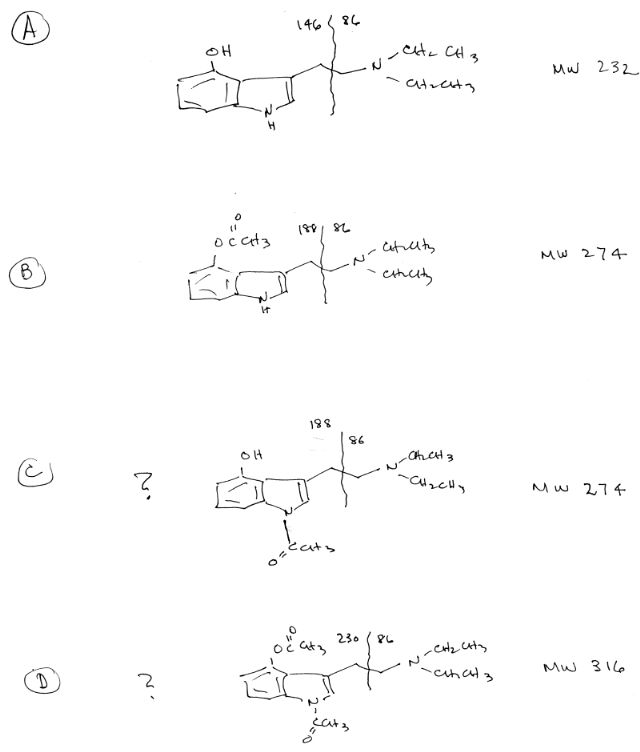ubermensch
Bluelighter
- Joined
- May 25, 2004
- Messages
- 5
Oh, I have always wondered about the differential activation across seretonin receptor subtypes of the RC tryptamines, in an effort to understand their action upon my mind.
I found this great website from the minnesota uni team
http://www2.umt.edu/medchem/ttt/pdf/oof2.PDF
that does a whole battery of tests on most of them, including such rareities as 4-HO DBT!
In my quest to find out whether 4-HO tryptamine can cross the BBB, I also found this great page on 5ht2a and tryptamines for further reading:
http://webdoc.sub.gwdg.de/diss/2004/jensen/jensen.pdf
PS Does anyone know whether 4-HO tryptamine can cross the BBB if ingested orally?
I found this great website from the minnesota uni team
http://www2.umt.edu/medchem/ttt/pdf/oof2.PDF
that does a whole battery of tests on most of them, including such rareities as 4-HO DBT!
In my quest to find out whether 4-HO tryptamine can cross the BBB, I also found this great page on 5ht2a and tryptamines for further reading:
http://webdoc.sub.gwdg.de/diss/2004/jensen/jensen.pdf
PS Does anyone know whether 4-HO tryptamine can cross the BBB if ingested orally?





